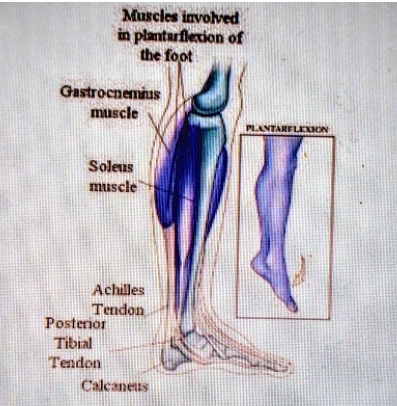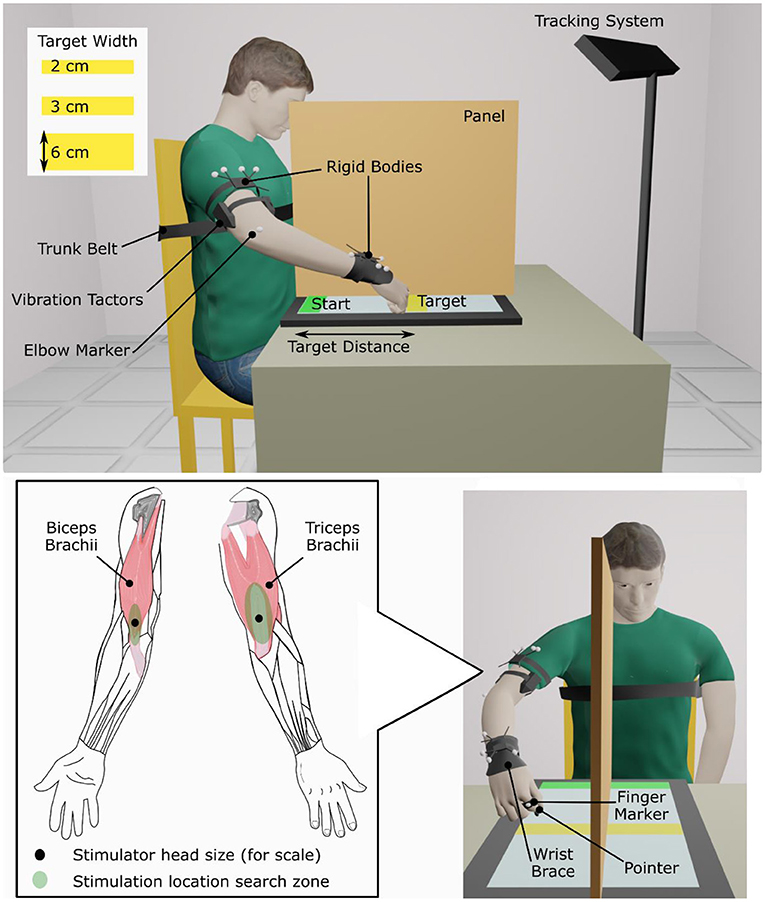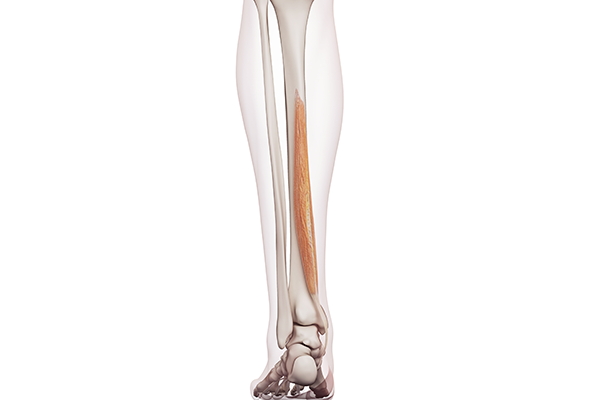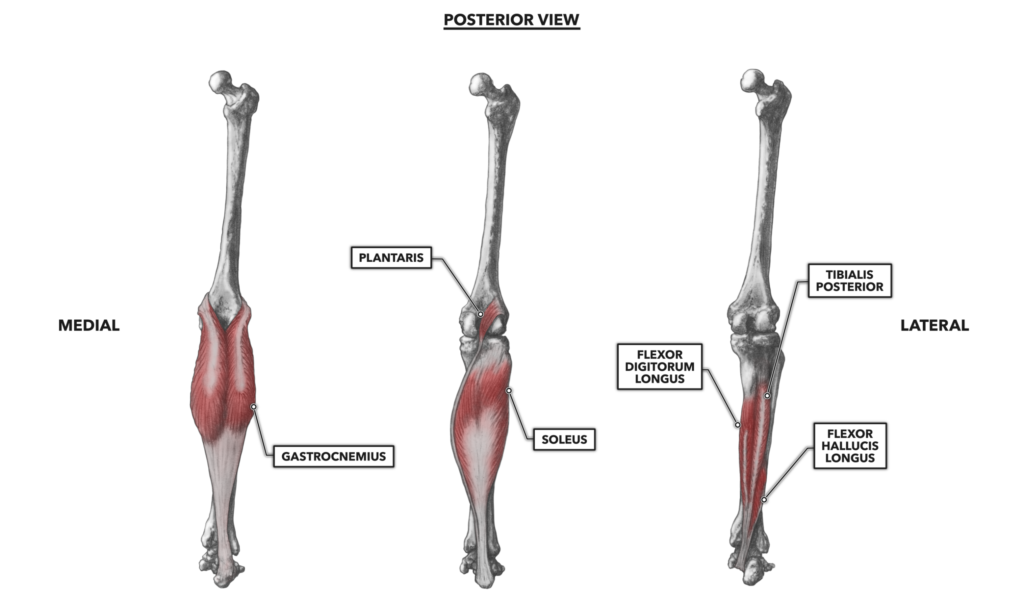SOLVED: The image above is plantar flexion. Identify the agonist
$ 6.99 · 4.7 (719) · In stock

VIDEO ANSWER: We must fill the blank. The dash muscle is the only muscle in the lower leg that can flex the knee, foot and plantar flexes. The muscle is called the gastronimius. The dash that is soleus muscle and the gastronummius muscle are on the
Numerade is a venture-backed, high-growth education technology startup based in Pasadena. We are singularly focused on creating exceptional video and interactive content experiences for education making the knowledge and skills of world class educators widely accessible and affordable to student audiences of all backgrounds. Our mission is to close the educational opportunity gap by unlocking and democratizing access to extraordinary educators and the content they have to offer.

media.springernature.com/lw685/springer-static/ima

Agonist-antagonist muscle coupling and ROM. (A) Mean and SD of fascicle

Frontiers Proprioceptive Augmentation With Illusory Kinaesthetic Sensation in Stroke Patients Improves Movement Quality in an Active Upper Limb Reach-and-Point Task

A Biologically Inspired Cross-Type Ankle–Foot Exotendon: Assisting Plantarflexion Moment and Movement Stability
What is plantar flexion and eversion of foot? - Quora

Plantar Flexion - What is it? Which muscles Plantarflex the ankle?

CrossFit - 200516

Calculation of plantarflexion moment. Plantarflexion moment during

Agonist-antagonist myoneural interface amputation preserves proprioceptive sensorimotor neurophysiology in lower limbs
Solved 1. Note the change in angle of the elbow joint during

SOLVED: The image above is plantar flexion. Identify the agonist
